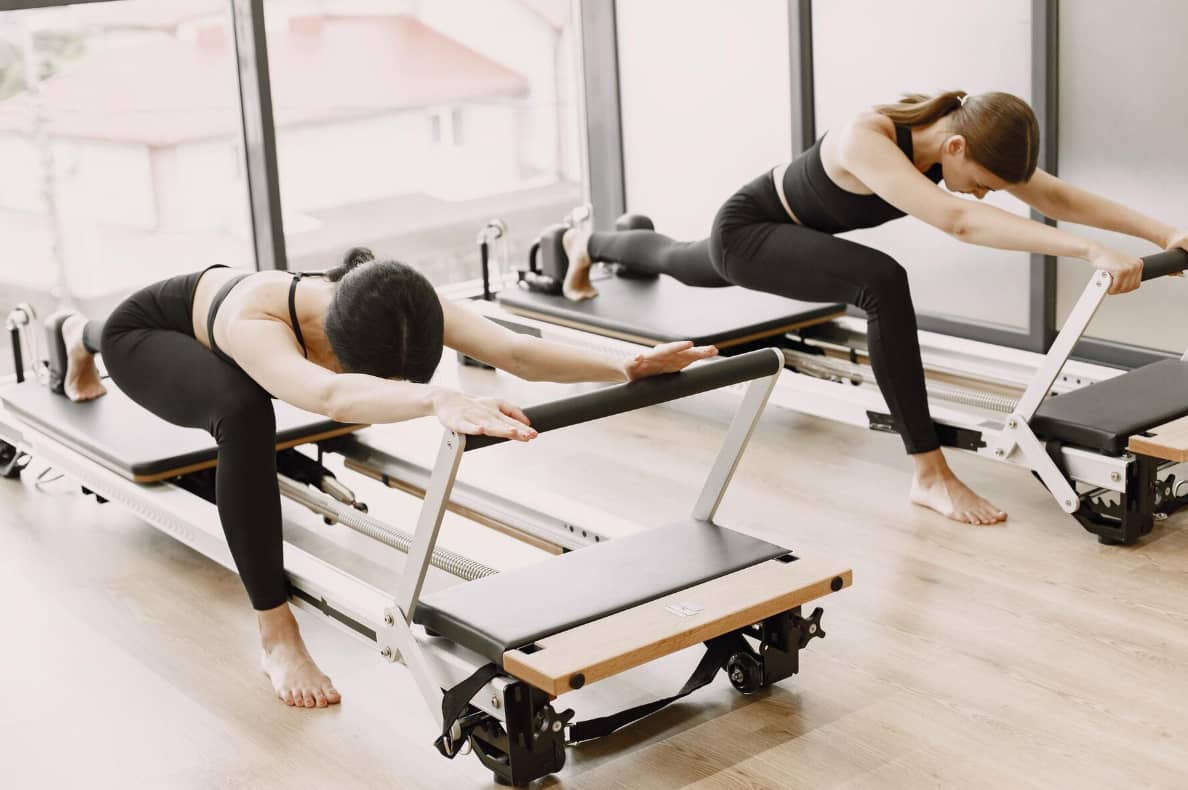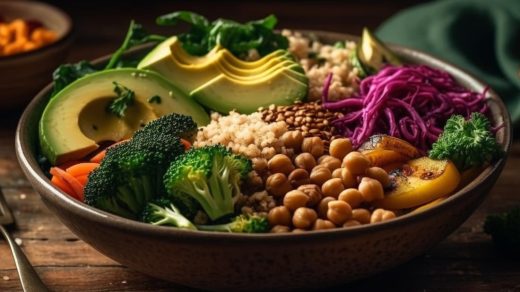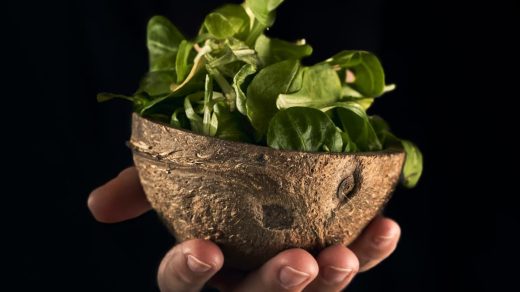Hey there, Pilates enthusiast! You know that Pilates is an amazing workout for your mind and body. It can help you build strength, flexibility, and balance.
But did you know that what you eat before and after your Pilates class can make a big difference in how you feel and perform?
That’s right! Fueling your body with the right nutrients at the right times can take your Pilates practice to a whole new level.
What to Eat Before & After Your Pilates Workout?

In this article, we’ll dive into everything you need to know about eating for Pilates success.
We’ll cover when to eat, what to eat (and what to avoid!) before and after class, the importance of staying hydrated, and more.
So grab a healthy snack and let’s get started!
When to Eat Before Pilates Class?
Timing is everything when it comes to your pre-pilates meal or snack. You want to give your body enough time to digest so you don’t feel too full or uncomfortable during those hundreds.
Here are some general guidelines:
- Try not to eat anything within 1 hour of class.
- For bigger meals, leave 2 hours between eating and Pilates.
- Experiment to find the timing that works best for you.
Remember, everyone is different. Some people may be able to eat closer to class time, while others need a bigger buffer. Pay attention to how you feel and adjust accordingly.
What to Eat Before a Pilates Class?
Now that you know when to eat, let’s talk about what to put on your plate pre-pilates. The key is to choose foods that will give you sustained energy without weighing you down.
Here’s what to focus on and what to avoid:
Focus on:
- A small amount of healthy fat.
- Lean protein.
- Complex carbohydrates.
Avoid:
- Foods that cause gas/bloating (cabbage, onions, beans, etc.)
- Heavy, hard-to-digest foods.
- Large meals or greasy foods.
- Foods high in sugar or simple carbs.
So what does this look like in practice? Here are some yummy and Pilates-friendly pre-workout snack ideas:
| Pre-Pilates Snacks & Small Meals |
|---|
| Hard boiled egg + sliced avocado |
| Greek yogurt + berries + nuts |
| Apple + nut butter + cheese cube |
| Turkey lettuce wrap |
| Banana + almond butter |
| Protein shake (with clean ingredients) |
For early morning classes, keep it light with a yogurt parfait or fruit and nut butter. If you have an afternoon session, a veggie omelet with avocado a couple of hours before can be a great option.
When to Eat After Pilates Class?
After your Pilates workout, your muscles need to recover and replenish. Eating a small meal or snack within 30-60 minutes of class can help with this process. This timeframe is when your body can best utilize the nutrients to rebuild glycogen stores and repair muscle tissue.
What to Eat After Pilates Class?
Similar to your pre-workout fuel, you’ll want to focus on a balance of protein, fat, and complex carbs post-pilates. Some tasty options include:
- Protein shake with clean ingredients
- Greek yogurt with fruit and nuts
- Oatmeal with berries and a hard boiled egg
- Loaded veggie omelette with avocado
- Grilled chicken or fish with sweet potato and veggies
- A hearty salad with boiled egg, seeds, veggies, etc.
- Bean soup with whole-grain bread
- Smoothie with yogurt, berries, nut butter, spinach
The goal is to nourish your body with nutrient-dense foods that will support your muscle recovery and keep you energized.
What to Eat In Between Pilates Workouts?
Your diet between Pilates sessions will depend on your individual goals and needs. In general, focusing on whole, minimally processed foods is a great approach. Build your meals and snacks around:
- Nuts, seeds, nut butter
- Healthy fats from fish, avocado, olive oil
- Unsweetened dairy like Greek yogurt
- Fruits and vegetables, especially leafy greens
- Whole grains like oats, quinoa, brown rice
- Lean proteins from poultry, fish, eggs, tofu
Of course, allow yourself treats in moderation – deprivation isn’t sustainable! An occasional dessert or glass of wine can fit into a healthy, Pilates-fueled lifestyle.
The Importance of Hydration
We can’t talk about fueling for Pilates without mentioning the most essential nutrient of all: water! Staying hydrated is crucial for Pilates performance and overall health.
When you sweat during class, you lose fluids and electrolytes that need to be replaced.
Benefits of proper hydration include:
- Maintaining performance and energy.
- Reducing the risk of heat-related illness.
- Supporting heart and bodily functions.
- Improving concentration and endurance.
- Enabling detoxification pathways.
To stay hydrated, aim to drink at least 8oz of water about 30 minutes before class. Bring a water bottle with you and sip as needed during your session.
After class, drink at least 16oz more to replenish what you lost through sweat.
Eating water-rich fruits and veggies can also support hydration.
Should I Carbo-Load Before a Pilates Class?
While complex carbs can be a great source of energy for Pilates, you don’t need to go overboard.
Pilates is challenging but it’s not the same as running a marathon! Having some oatmeal or whole grain bread a couple of hours before class can help fuel your workout, but there’s no need to carbo-load like an endurance athlete.
Do I Need a Sports Drink for Pilates Class?
For most people, water is sufficient to stay hydrated during Pilates. Sports drinks can be helpful for very intense, long-duration exercise, but they’re often high in added sugars.
If you do choose a sports drink, look for one with minimal ingredients. Coconut water can be a more natural alternative for replenishing electrolytes.
Conclusion:
Whew, that was a lot of info! Let’s recap the key takeaways for fueling your Pilates practice:
- Eat a small meal 1-2 hours before class, or a snack within an hour.
- Focus on protein, healthy fats, and complex carbs; avoid heavy, high-sugar foods.
- Refuel 30-60 minutes after class to support muscle recovery.
- Stay hydrated with water before, during, and after Pilates.
- Eat a balanced diet of whole foods between workouts.
- Carbo-loading and sports drinks usually aren’t necessary.
Eating to support your Pilates practice doesn’t have to be complicated. Tune into your body’s cues and choose whole, nutrient-dense foods to feel your best on and off the mat.
Happy Pilates fueling!
Sources:
- https://indianexpress.com/article/lifestyle/food-wine/pilates-food-to-eat-before-and-after-your-workout-7302949/
- https://www.rediff.com/getahead/report/health-what-not-to-eat-after-a-pilates-workout/20190409.htm
More Useful Guides:



